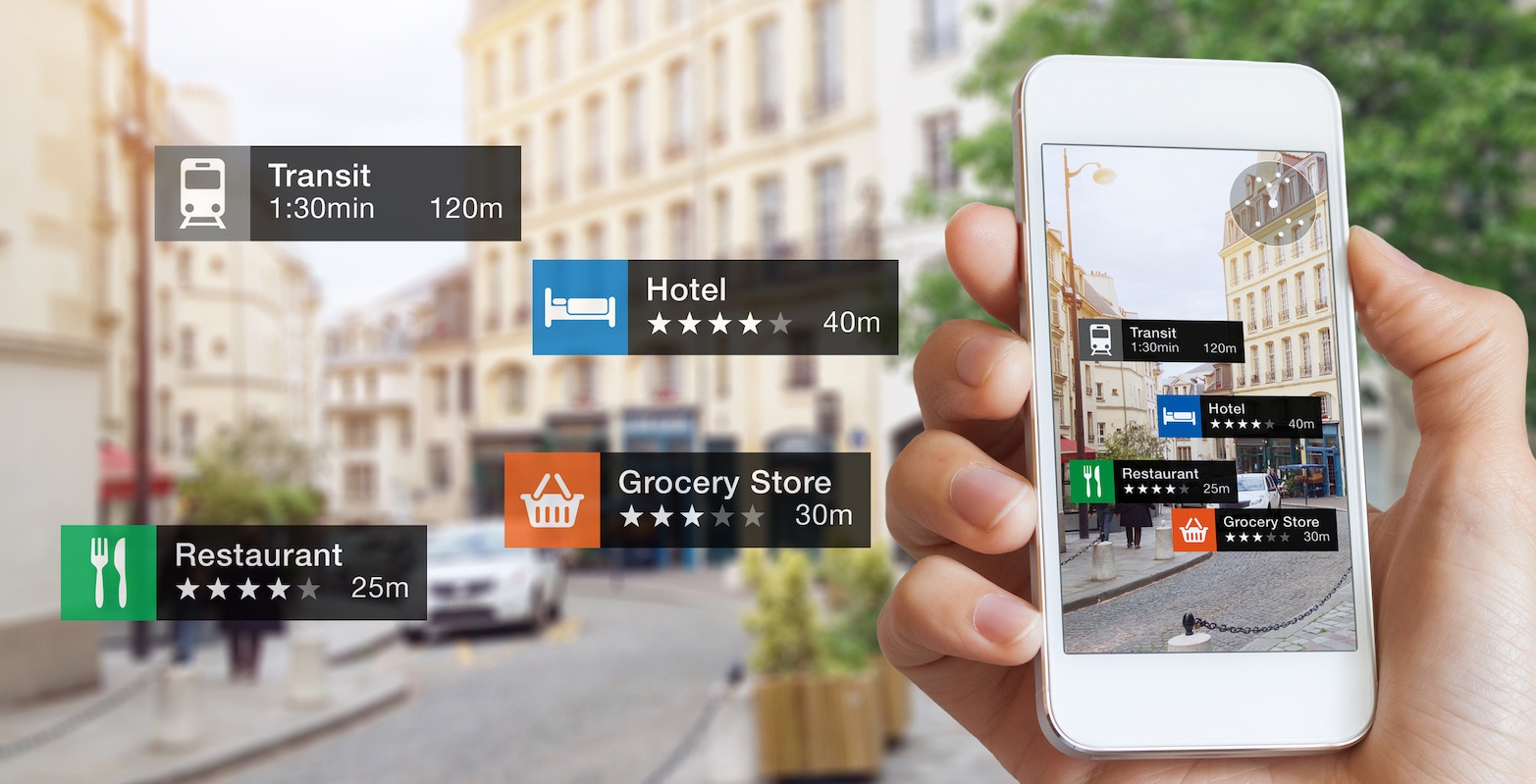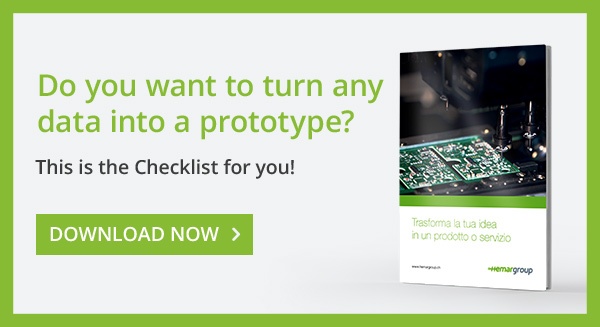
Is it possible to prototype a service? What should you do when you have a good idea? You can't patent ideas, so it's important to turn them into prototypes. This is particularly the case with new products, but supposing it's a service, such as a process that solves a technical problem, or serves a useful purpose, or is purely ornamental?
The answers are very interesting. Here’s a summary of our experience in this area.
Five suggestions for prototyping a service
Don't be all things to all people
When it comes to making an idea reality, the first step is to draw up a business plan and study the market and your competitors. It's strategically important to develop a precise picture of your target customers, and come up with a high-added-value service you can offer to people who are really interested or willing to pay for it.
This is the main reason why, from now on, everything you do should involve seeking feedback from potential consumers. It will enable you to
- Develop a service that the market wants
- Keep pace with customer expectations during the development phase
- Achieve growth through word of mouth
These are the essential points for your business. Bear in mind that selling a service is a quite different process to selling a physical product. Selling a service should focus on the image and reputation of the seller, so reviews and other feedback play a strategic role.
Determine the moments that matter
Step 1: Draw up a series of milestones to follow on a step-by-step basis. Ask yourself what are the most important area of flexibility in this process because, take it from us, you can’t be top all the time. It’s therefore vital to identify the different stages of the creation experience. This is an excellent way of prioritising the most important issues to which to devote your energies.
How do you identify the moments that matter?
- Take plenty of time to understand what's important to users of your service and other stakeholders
- Ask them about their lives, likes, and dislikes, and find out how they acquire similar services.
Whom do you intend to prioritise?
What do you think you can achieve with your skills?
It’s important to achieve a balance between your own personal ambitions and what you think is possible. That doesn't mean that options that are ambitious but feasible should be taken off the table.
Look for early indicators
Next step: Test your idea with a minimum viable product, using as few resources as possible, to evaluate your idea’s market attractiveness.
Carrying out this initial testing is easier than you think.
But before this, there are other indicators you should bear in mind when you start interacting with your early adopters: there are tools able to explore individual items of feedback, such as Google Analytics, online chatbots allowing you to interact in real time, and services to evaluate your user experience, for example using emoticons.
Tap the creative potential of service providers
When it comes to putting ideas into practice, it’s essential to have a close-knit, skilled and professional team. If you decide to use an outside company, follow your instincts and intuition to evaluate the people who live your idea every day. Involve the final stakeholders and designers, and ask questions about how things work. Don't forget to protect the intellectual property to your idea and formalise every key aspect of the prototyping phase, for example with a letter of intent.
Create engagement and keep listening
Once your minimum viable product has been created, start interacting with your users. The prototype you show them should be rudimentary, with just the basic functions required for it to work. The service you eventually provide will have more functionality, but at this stage it just consists of a core service.
The most important aspect of the prototyping experience is analysing feedback from users and determining how they benefit from your service. Always try to create engagement so that people remember you and remain interested in your idea.
Once you've done this for a couple of months, you'll have a sizeable quality of data to analyse and use as the basis for developing your new service , and aligning it with the needs expressed by those taking part in the test.
To conclude, the power of prototyping lies in aligning consumers' needs with your organisation's skills.
Their needs and the technology evolve all the time, and if you want your business to maintain its long-term prosperity, you must focus on cultivating the user experience like a delicate seedling throughout its lifespan.
So have you collected the initial data about your new idea to be turned into a service? If you'd like to explore this in more depth, here’s a free checklist to download. Happy reading!
.png)
